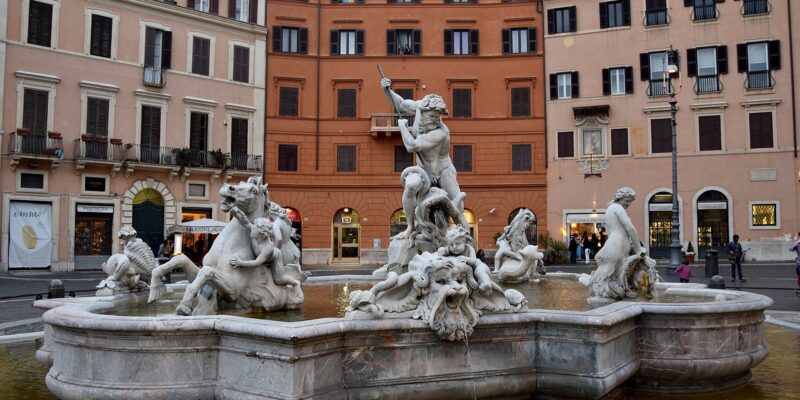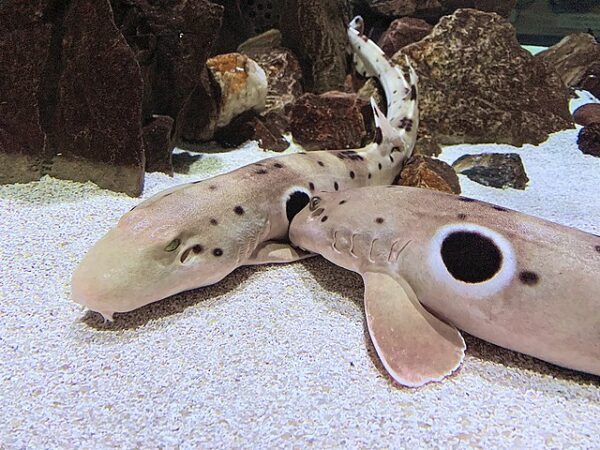
Archaeologists have discovered what they say are the remains of the temple of Poseidon, the mythological god of the sea. Located near Samikon on the southwest coast of Greece, the archeological remains were revealed by a team from the Austrian Archaeological Institute working with researchers from Johannes Gutenberg University Mainz, Kiel University, and the Ephorate of Antiquities of Elis.
The astonishing find conforms to the shrine’s location as described by the ancient historian Strabo some 2,000 years ago.
CNET writes, “Greek historian and geographer Strabo, who lived 2,000 years ago, wrote of a notable shrine to Poseidon in the area where researchers found the temple. In a statement on Wednesday, Mainz University in Germany said a team of researchers ‘unearthed the remains of an early temple-like structure that was located within the Poseidon sanctuary site and was quite possibly dedicated to the deity himself.”
The structure is located in a coastal area that was once home to an ancient settlement. Scientists have been studying its history of sea level and coastal changes, uncovering a tale of multiple tsunami events over a large span of time. Traces of the structure first came to light in late 2021. Excavation work turned up the hidden temple.
“The location of this uncovered sacred site matches the details provided by Strabo in his writings,” said archeologist Birgitta Eder of the Austrian Archaeological Institute.
“In autumn 2021, geophysicist Dr. Dennis Wilken of Kiel University found traces of structures at a site at the eastern foot of the hill group in an area that had already been identified as of interest following previous exploration. After initial excavation work under the supervision of Dr. Birgitta Eder in autumn 2022, these structures proved to be the foundations of an ancient temple that could well be those of the long-sought temple to Poseidon,” according to Phys.
“‘The location of this uncovered sacred site matches the details provided by Strabo in his writings,’ emphasized Eder, who is working for the Austrian Archaeological Institute.
An extensive archaeological, geoarchaeological and geophysical analysis of the structure is to be conducted over the next few years. The researchers hope to establish whether it has a specific relationship with a coastal landscape that is subject to extensive transformation. Hence, on the basis of the geomorphological and sedimentary evidence of the recurrent tsunami events here, the geomythological aspect is also to be investigated.
It seems possible that this location may have actually been explicitly selected for the site of the Poseidon temple because of these extreme occurrences. After all, Poseidon, with his cult title of Earthshaker, was considered by the ancients to be responsible for earthquakes and tsunamis.”
Along with his brothers Zeus, god of the sky and thunder, and Hades, god of the underworld, Poseidon is considered one of the most important deities in Greek mythology, serving as the god of the sea, storms, droughts, earthquakes, and horses—all essential aspects to ancient life.
Poseidon’s most distinctive attribute was the trident, a three-pronged fishing spear. He sometimes also wielded a boulder encrusted with sea creatures (crayfish, octopi, fish, etc.). The god was either clothed in a robe (chiton) and cloak (himation) or depicted nude with just a cloak draped loosely about his arms and shoulders. He was often crowned with a wreath of wild celery or a simple headband, Theoi.com, a website dedicated to Greek mythology, writes.
[Read More: Green Comet Soars In Night Sky For First Time In 50,000 Years]









